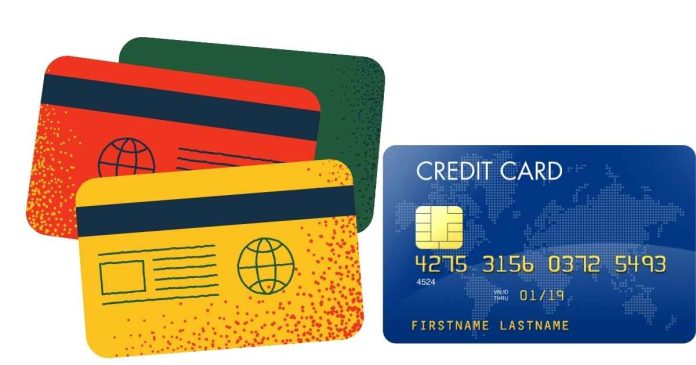What is a CVV?
- CVV stands for Card Verification Value. It’s a 3- or 4-digit number printed on the physical credit card (usually separate from the card number and expiration date).
- For most cards: It’s a 3-digit code located on the back of the card, usually on the signature strip.
- For American Express cards: It’s a 4-digit code located on the front, usually above the card number.
Why Does It Exist?
The CVV number serves primarily as a security measure to prevent fraud during “card-not-present” transactions (like online purchases or transactions over the phone), where the physical card isn’t required to complete the payment.
Here’s how it enhances security:
- Card Verification: The CVV verifies that the person entering the card details has physical access to the card. Since it’s printed on the card itself, it’s much harder for fraudsters to obtain, as they typically only have the card number (which can sometimes be obtained through data breaches or phishing scams) and not the CVV. This means that even if someone steals the card number, they still need the CVV to complete a transaction, making it more difficult to misuse the card details.
- Prevention of Data Theft: If a criminal were to steal your card information through a data breach or skimming device (a type of fraud where devices are attached to card readers to capture card information), they would have the card number and expiration date. However, the CVV is usually not stored in the same database due to security regulations, meaning it adds an extra layer of defense.
- Reducing Fraudulent Transactions: Merchants are required to use the CVV as part of the verification process for card-not-present transactions. If the CVV doesn’t match the card details, the transaction can be flagged and declined, making it harder for fraudsters to make unauthorized purchases even if they have stolen the card number.
- Compliance with Payment Security Standards: The CVV is also part of PCI DSS (Payment Card Industry Data Security Standard), which is a set of security guidelines created to ensure safe handling of cardholder information. Part of PCI DSS compliance involves limiting the storage of sensitive information like CVV numbers, so they are not retained by merchants or payment processors after a transaction is completed. This further protects users from having their CVV exposed in case of a data breach.
How It Works in Practice:
When you make a purchase, the merchant sends your card details to the payment processor (like Visa or MasterCard). This request includes the card number, expiration date, and CVV. The processor then checks:
- Whether the card number and expiration date are valid.
- Whether the CVV matches the information in the database for that card number.
- Whether the transaction is legitimate.
If everything matches up, the transaction is approved. If the CVV is incorrect or missing, the processor will typically decline the transaction, adding an extra layer of fraud prevention.
Difference Between CVV and Other Card Information:
- Card Number: The primary 16-digit number used to identify your account.
- Expiration Date: The month and year when the card expires, providing an additional check.
- CVV: A secondary security feature used in conjunction with the other two to ensure that the cardholder is legitimate.
In Summary:
The CVV number enhances the security of credit card transactions by:
- Preventing fraud in card-not-present scenarios.
- Ensuring that a person has the physical card when making a transaction.
- Complying with industry security standards.
- Offering an additional layer of protection against unauthorized transactions.
It’s crucial to protect your CVV number and only share it with trusted merchants or on secure, encrypted websites.


